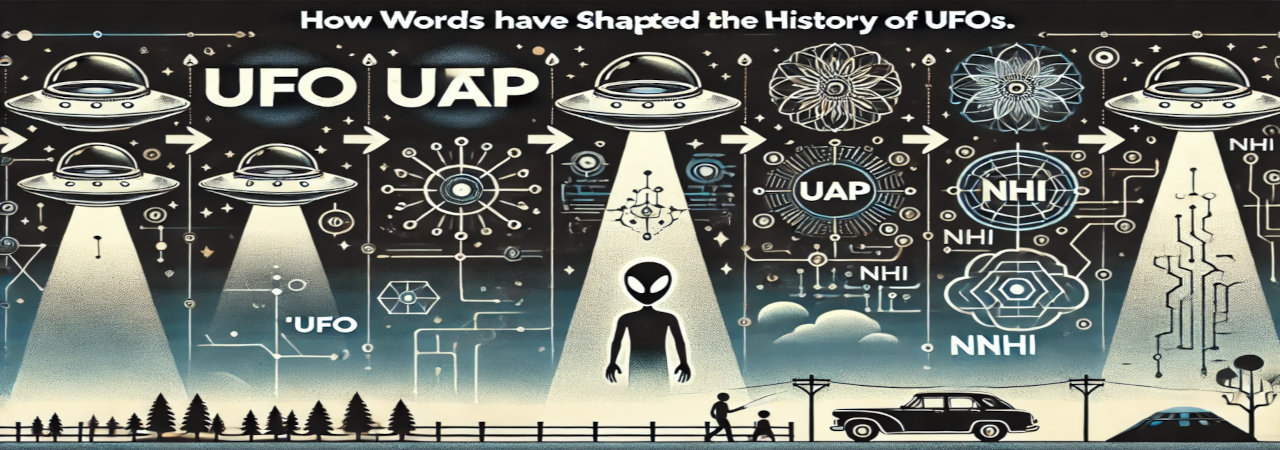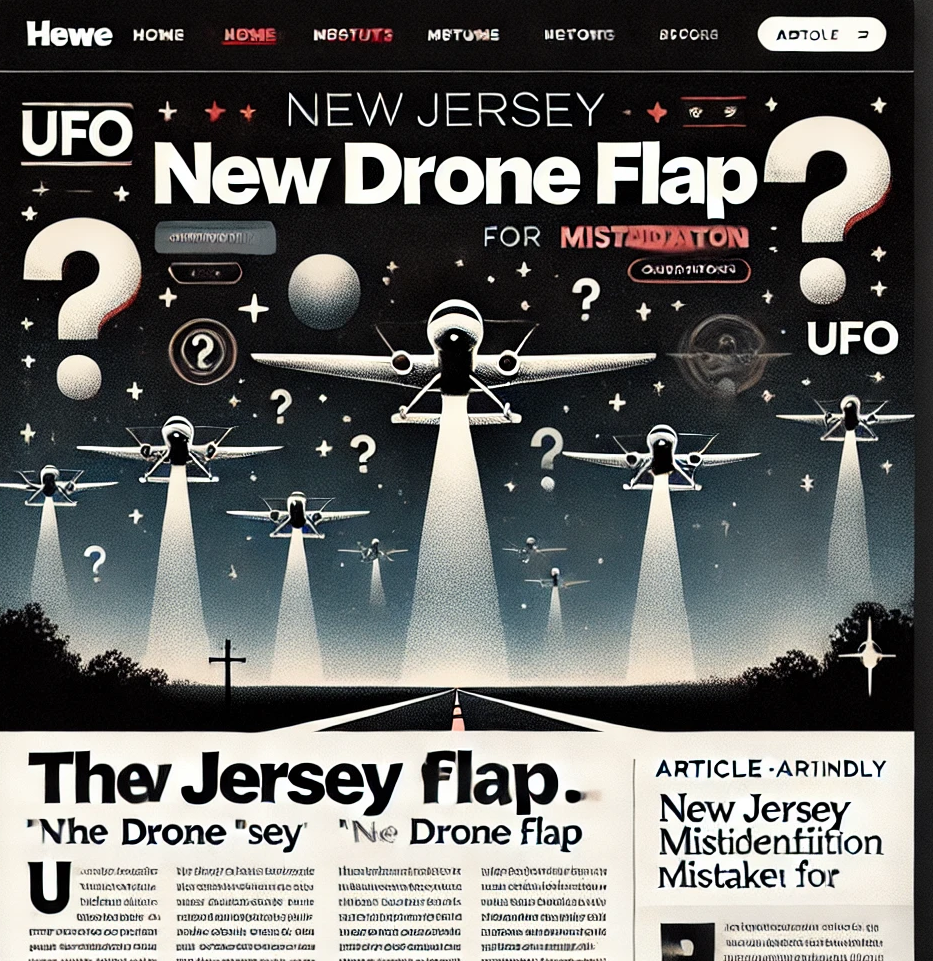
How Words Have Shaped the History of UFOs
by ArtisanTony
It’s funny how words can evolve and take on a life of their own. Take “UFO,” for example. The term was first officially used by the U.S. Air Force in 1953 to replace the more sensational term “flying saucer.” Back then, “Unidentified Flying Object” was simple: it meant something flying in the sky that couldn’t be identified. It didn’t automatically mean aliens or anything extraordinary. It just meant, “We don’t know.”
Fast forward to the 1980s, and the term “UAP”—Unidentified Aerial Phenomenon—began to surface among researchers as a more neutral alternative. However, the shift from “UFO” to “UAP” gained mainstream traction much later, particularly in 2020 when the Pentagon formally adopted the term with the creation of the UAP Task Force. The word “phenomenon” opened the door to interpretations far beyond flying objects, hinting at things we couldn’t explain—lights, shapes, or even events without a clear physical presence. The change wasn’t just about updating the terminology; it was about broadening the scope of what we were willing to consider.
Then, around 2022, we saw the emergence of “NHI”—Non-Human Intelligence. This one’s a leap, isn’t it? It’s not about what’s flying or even what’s happening anymore—it’s about what’s behind it. NHI goes straight to the extraordinary, suggesting agency, intent, and intelligence. And let’s be real: when people say “Non-Human Intelligence,” they’re not talking about dolphins. The term nudges us toward thinking about extraterrestrial life or something equally extraordinary.
Looking at this progression, it’s clear that these shifts in language aren’t just updates—they’re tools. Tools for framing the mystery, for shaping how we think about it, and perhaps even for steering us toward certain conclusions.
Take the term “flap,” for instance. Back in the day, a “UFO flap” was almost dismissive. It suggested a silly moment of public hysteria or a media frenzy—a waste of intellectual energy. A “flap” wasn’t something you wanted to take seriously; it was a passing joke, an embarrassment to real research.
But today? The term has taken on a whole new life. People now say, “The UFO flap is here!” with excitement, almost reverence. It’s become a euphoric acknowledgment of something big happening—whether it’s genuine evidence or just a surge in sightings. “Flap” has transformed from ridicule into celebration, a reflection of how much our collective view of these phenomena has shifted.
The recent so-called “drone flap” in New Jersey highlights this transformation. Reports of mysterious drones flying in formation sparked widespread curiosity, but most of the evidence turned out to be misidentified planes. Yet, the language surrounding the event carried an air of excitement and intrigue. And what’s more, there seemed to be an effort to link the drone sightings with UFOs and even NHIs. It was as if the event was being framed to blur the lines between mundane misidentifications and something extraordinary, nudging people toward speculative connections.
This kind of framing isn’t new. It’s a subtle but powerful way to shape perception, planting seeds of connection where none may actually exist. It’s the same playbook we’ve seen with the evolution of terminology itself, moving from the grounded simplicity of “UFO” to the speculative vastness of “UAP” and the extraordinary implications of “NHI.” It reflects how language can steer our thinking, sometimes without us even realizing it.
So why do these changes in terminology matter? Because words have power. They shape how we think, how we feel, and even how we approach the unknown. Every time the language shifts—from UFO to UAP to NHI—it reflects a broader shift in how we frame the phenomenon. Are these terms opening our minds, or are they quietly guiding us toward certain conclusions?
That’s why critical thinking matters more than ever. It’s easy to get caught up in the excitement of a new term or a new discovery. But we should always ask why the language is changing and what it’s trying to tell us—or keep us from seeing. The history of UFOs is as much a story of words as it is a story of lights in the sky. And understanding that might just be the key to unlocking the mystery itself.
